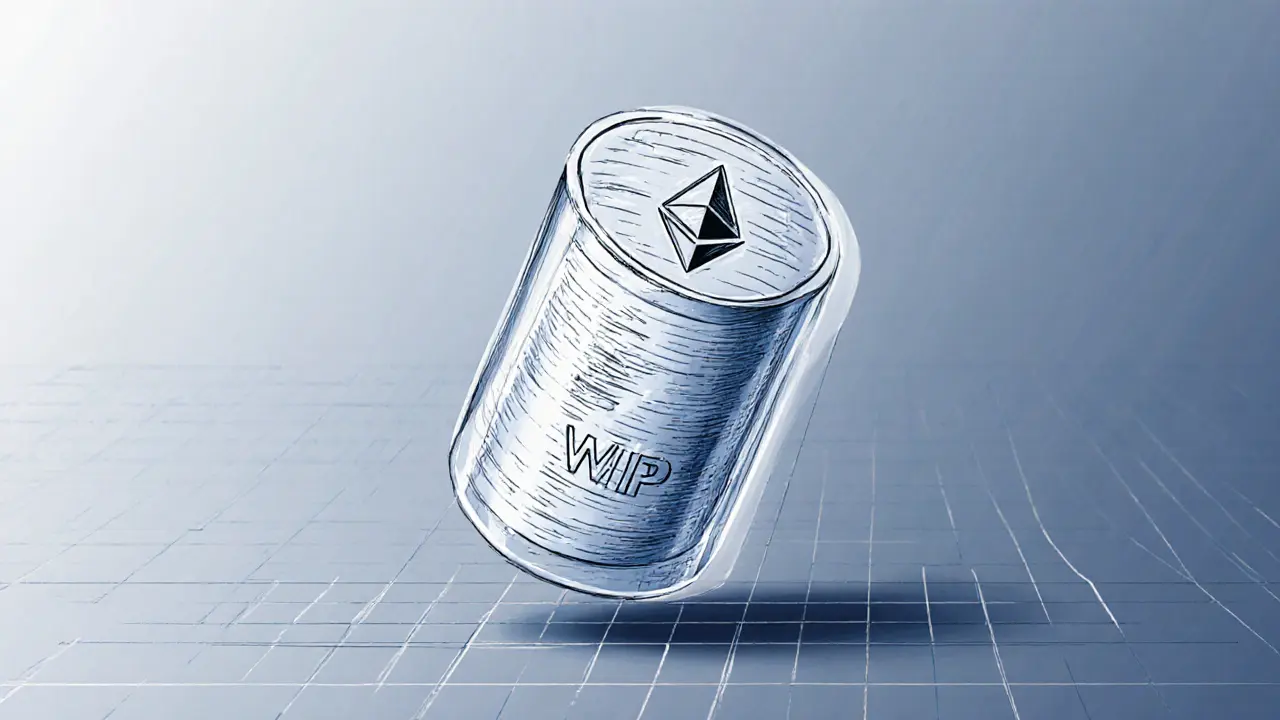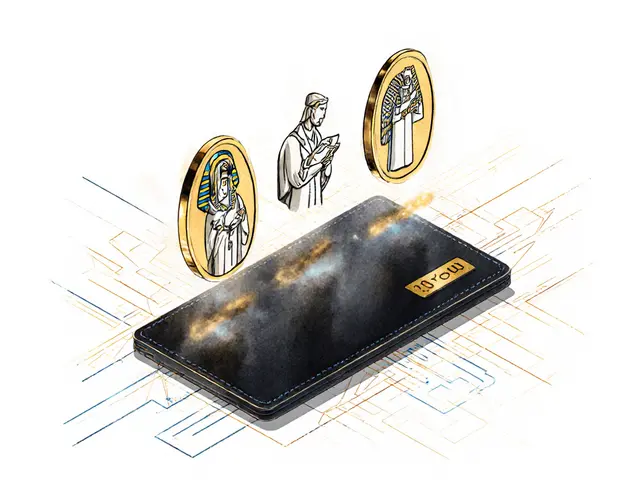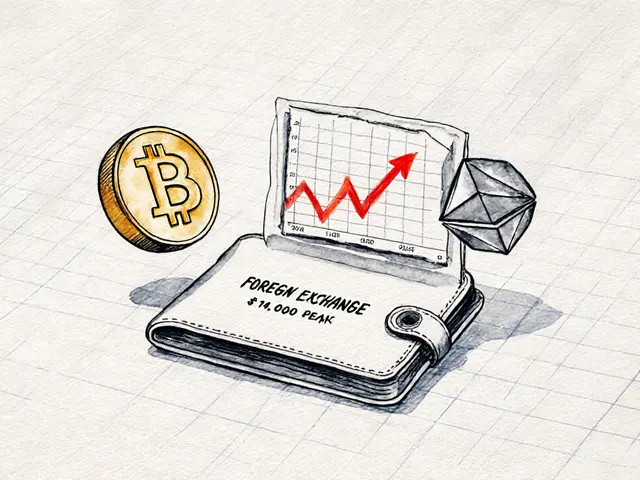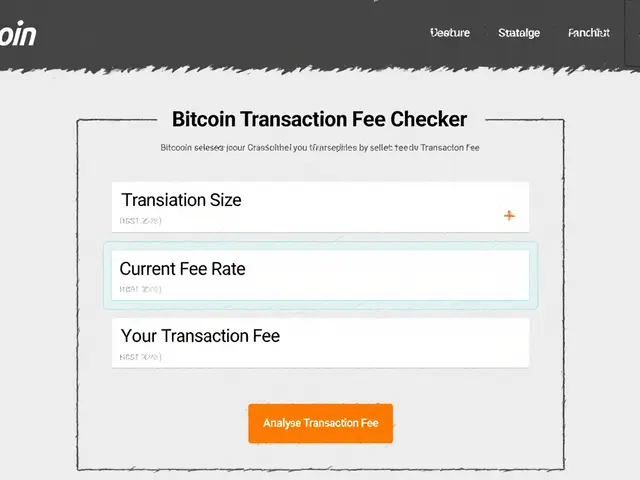Wrapped Crypto: What It Is and Why It Matters
When talking about wrapped crypto, a digital representation of a native blockchain asset that lives on a different network via a smart contract. Also known as wrapped tokens, it lets you move value across ecosystems without selling the original coin. For example, Ethereum, a programmable blockchain that hosts most DeFi applications can host a wrapped Bitcoin, BTC that behaves like an ERC‑20 token on Ethereum. This setup enables seamless swaps, lending, and staking while preserving the underlying asset’s value. Bitcoin, the original proof‑of‑work cryptocurrency often serves as the base for these wrappers, giving traders access to its liquidity on platforms that only understand smart‑contract tokens. Meanwhile, DeFi, decentralized finance protocols that run on blockchains relies heavily on wrapped crypto to provide cross‑chain collateral, enabling users to lock BTC, ETH, or other assets as security for loans, yield farms, or synthetic assets. In short, wrapped crypto bridges isolated blockchains, expands utility, and reduces friction for anyone looking to trade or earn on a different network.
How Wrapped Tokens Work and Where They’re Used
The process starts with a custodial smart contract that locks the original asset—say, one Bitcoin—on its native chain. The contract then mints an equivalent amount of a wrapped token on the host chain, maintaining a 1:1 peg. Users can redeem their wrapped token at any time, burning it to release the original asset. This mechanism creates three core attributes: trustlessness (the contract enforces the peg), composability (wrapped tokens behave like any other ERC‑20 or BEP‑20 token), and liquidity (they can be traded on DEXs, used as collateral, or airdropped). Because of these traits, wrapped crypto shows up in every major DeFi guide, from yield farming tutorials to token swap walkthroughs. Airdrop campaigns also love wrapped tokens—project teams often distribute rewards in wrapped form to reach users across multiple chains without launching separate tokens for each ecosystem. The posts below dive into specific wrapped assets, explain their tokenomics, and show you how to claim airdrops safely.
Below you’ll find a curated collection of articles that break down the most popular wrapped tokens, compare their security models, and walk you through real‑world use cases like swapping wrapped Bitcoin for stablecoins, earning yield on wrapped Ethereum, and participating in cross‑chain airdrops. Whether you’re a beginner curious about what “wrapped” means, or an experienced trader looking to optimize your DeFi strategy, these guides give you the practical knowledge to move assets confidently across blockchains.
Wrapped Story (WIP) Explained: What It Is, How It Works, and Current Market Snapshot
Discover what Wrapped Story (WIP) crypto coin is, how it works within the Story Protocol, its market data quirks, acquisition steps, risks, and future outlook.
View More




